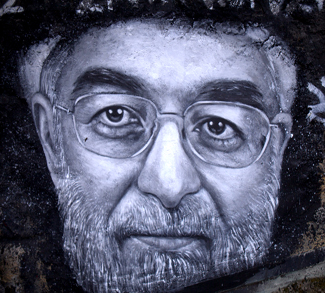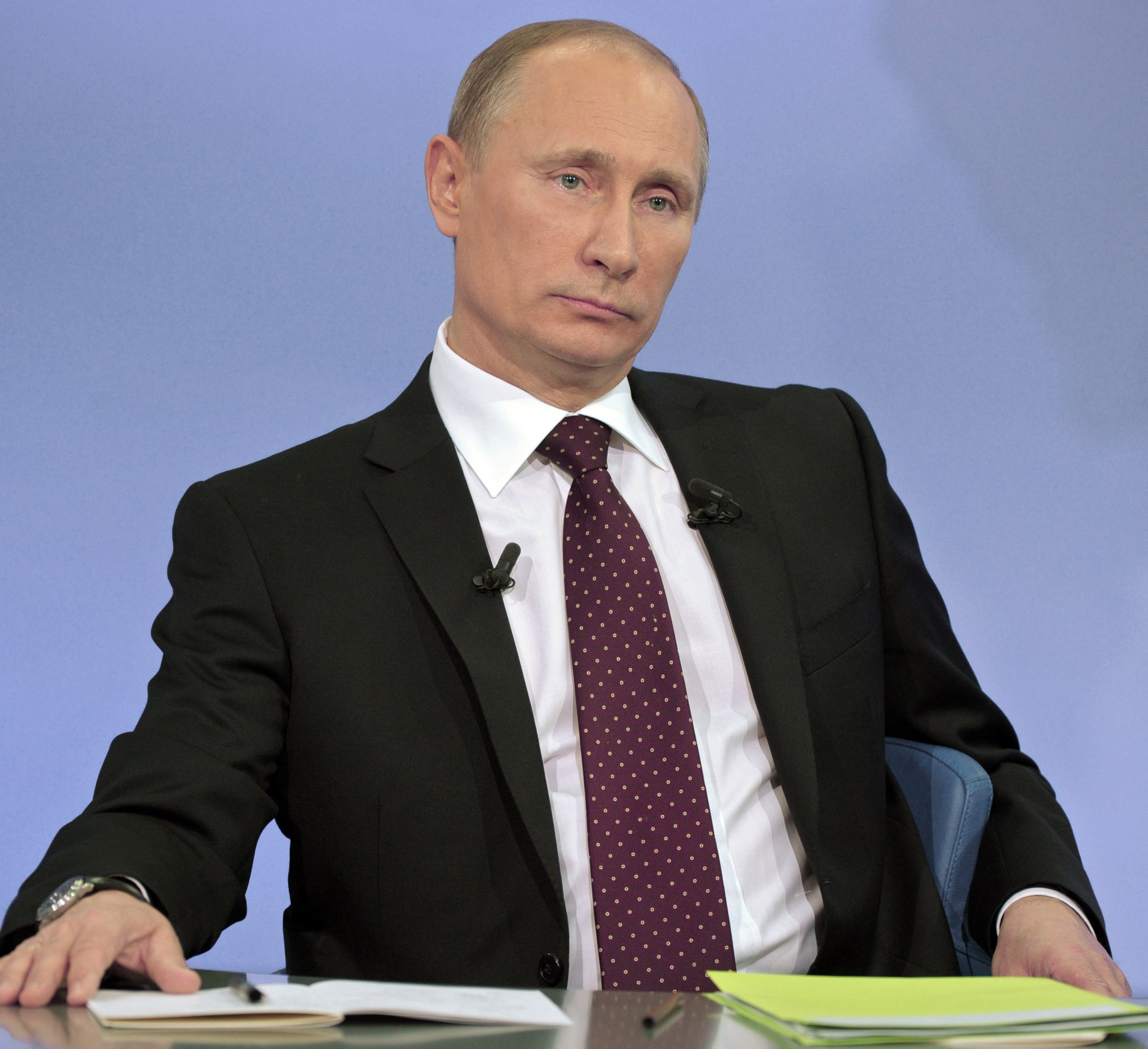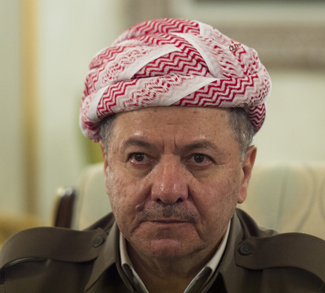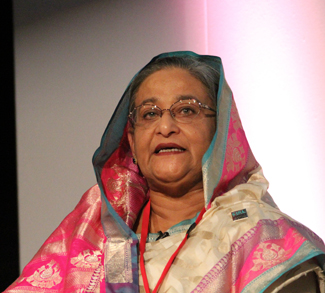This article builds on previous analysis found in Russia and Iran: United in Syrian Civil War, Divided in Peace
Tehran and Moscow’s disagreement over Assad’s fate following the Syrian civil war should be seen as just one flashpoint within a broader Russian-Iranian competition over the Syrian Alawite community. Indeed, since a potential peaceful settlement would entail a confessional power-sharing system, the Alawites will occupy important political and institutional positions as a result of their considerable demographic weight. Thus, Russia and Iran are competing for influence over the Alawite community so that the representatives chosen to occupy those posts guarantee exclusively their respective Levantine interests. This analysis explores the dynamics of this little-known Russian-Iranian rivalry.
In the context of an eventual power-sharing agreement, Iran has to rely on the Alawite community instead of the Syrian Shias, since the former has more political and institutional top posts attributed to it as a result of its greater demographic weight. Thus, Iran will be more able to block any hostile legal measures from the Sunni majority aimed at reducing its Levantine influence. Given ideological tensions between heterodox Alawi Shiism and Iran’s orthodox Twelver Shiism, the Alawite elites outside Assad’s circle are anti-Iranian. Furthermore, fearing being toppled by a resentful Alawite community due to his increased reliance on Tehran’s military support as the civil war grinds on, Assad is willing to guarantee Iranian interests in exchange for Iran’s protection against any anti-Iranian Alawites. Therefore, despite the US-backed opposition’s demand that Assad must leave office before any peace process is initiated, Iran wants the Assad clan to fill the top jobs attributed to the Alawites in any eventual power-sharing agreement.
Consequently, Assad’s hold on power will be precarious since Washington and the rebellion expect anti-Iranian representatives to assume the top jobs reserved for Alawites. To prevent such an outcome, Tehran has to police the Alawite community and eliminate any anti-Iranian rival. For this task, the Islamic Republic has managed to coopt throughout the war a significant number of Alawites through the formation of the National Defense Forces (NDF). Once peace takes hold, those Alawite militias numbering 90,000 can act as Iran’s enforcer over the Alawite community. Despite sharing the same anti-Iranian feelings as their brethren, the Alawites in the NDF are ultimately loyal to Iran since their newfound power relies on Iranian financial and military support. They can coerce other Alawites into supporting Assad and his inner-circle for the top jobs reserved to the community. Moreover, even if Assad is deposed, the NDF can still coerce the Alawites into choosing new pro-Iranian representatives.
That said, Russia wants to eliminate Iranian influence over the Alawites by attempting to integrate the NDF into the Syrian Arab Army, which is Moscow’s proxy in the Syrian civil war. Indeed, Putin sees a peaceful settlement as leverage over the U.S. regarding more important issues pertaining to Russian national security, such as Ukraine. However, a Russian-brokered peace settlement can only serve as leverage if it reduces Iran’s presence in Syria, a key US objective in the Middle East. As such, Iran’s ability to prop up pro-Iranian Alawite representatives in a hypothetical power-sharing system through the NDF is an obstacle to be dealt with. Nonetheless, integration of the NDF within the SAA is an uphill battle since the local NDF commanders don’t want to relinquish their newfound power conferred by Iran through its financial and military support.
Furthermore, since this Russian-Iranian competition over the Alawites intensifies when a lull in fighting occurs and a concrete peace effort is underway, Iran is attempting to spoil any cessation of hostilities between the pro and anti-Assad camps to divert Moscow’s attention from disbanding the NDF to battling the rebellion. Such was the case during the ongoing Aleppo campaign when a ceasefire in early 2016 was observed by Russian forces while Iranian-backed militias and SAA units continued their ground offensive without Moscow’s air support in order to force Putin to resume hostilities for fear of a successful rebel counter-offensive which the opposition might exploit in the hopes of obtaining better terms at the next round of talks. Therefore, Russian-Iranian competition was put on the backburner.
However, given that the Kremlin is eager to establish a dialogue with the United States on Syria, one that can extend to the Ukraine crisis, there’s always a possibility that Russia might refrain from resuming hostilities despite Iranian provocations, in order to show the U.S. and the opposition that Moscow is serious about a peaceful settlement. Furthermore, in the event that peace talks do succeed to the detriment of Iranian interests, Tehran can’t indefinitely rely on the NDF to pressure the Alawite community into choosing pro-Iranian representatives. As a matter of fact, there’s a risk that Russia might succeed in distancing the Alawite NDF commanders from Iran by promising them more than just funding and weapons, such as offering them positions of power within the post-war state institutions.
Consequently, Tehran is looking to improve its Syrian Shia proxy, which it deems more reliable since it shares Iran’s orthodox Shiism unlike the Alawites. Thus, Iran is trying to increase the Shias’ share in the Syrian population. In doing so, the Syrian Shias will obtain more top political and institutional jobs as per the power-sharing agreement. To accomplish this, Iran is facilitating the granting of Syrian citizenship to foreign Shia fighters. Moreover, Iran is leading a conversion program to orthodox Shiism aimed at the lower classes of the Alawite community who receive financial benefits after being converted.




